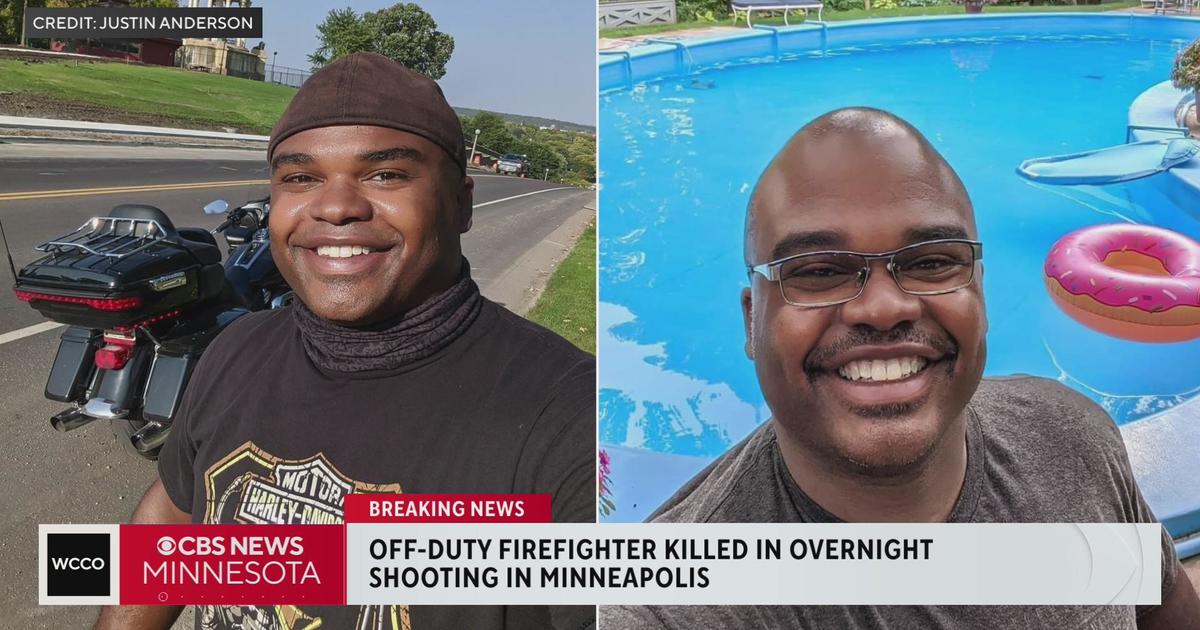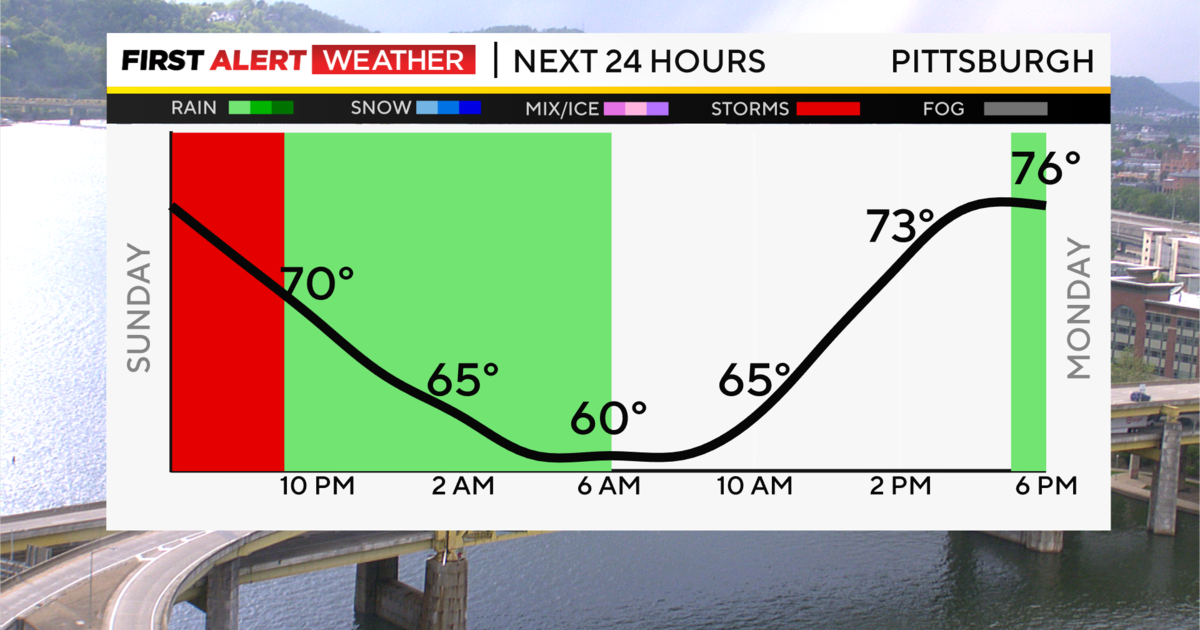Indianapolis, IN
Gen Z thinks Indianapolis’ vibe is OK, but there’s room for improvement
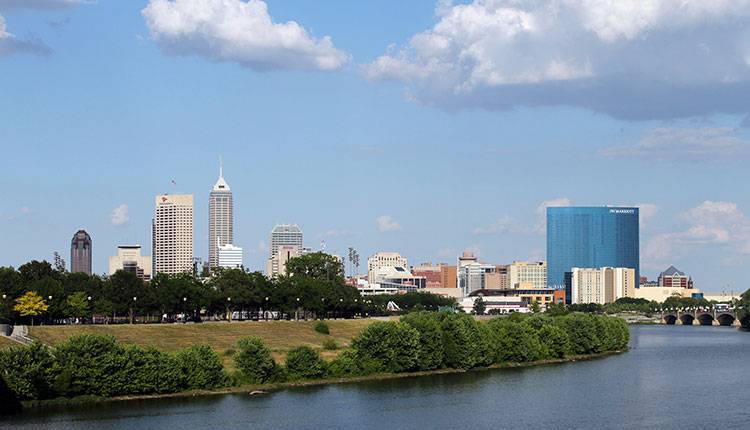
A new study examines Gen Z’s perception and experience of Indianapolis — where the city is doing well and where it can do better. It was presented at a recent NEXTGEN Indy panel discussion on culture, tourism, livability and hospitality in the city.
People in their 20’s, both locally and nationally, were asked to score Indianapolis on factors including safety, jobs, music scene and overall vibes. More than 600 people completed the survey.
Respondents said safety and cost of living were of top importance. Professor David Pierce, director of the IU Indianapolis Sports Innovation Institute and department chair, said those measures are important for any city. And Pierce said the report found good marks for Indianapolis in a number of areas.
“We have a lot of individual factors that score well, you know, from the outdoor spaces and the sports scene and nightlife and culture and fairs and festivals,” Pierce said. “But maybe what is missing is like, how does all of that come together to create the overall vibe?”
Researchers say respondents scored job opportunities higher than they expected, especially for people who don’t live here. Transportation ease scored fair, but was listed as a low priority for non-residents. The city’s food scene scored low.
Pierce says Indianapolis’ reputation as a sports city plays into its overall perception.
“Even though it always rings the lowest on these importance scales, we do know that [for] actual residents, their perception ranking is even higher than non-residents, which means Indy is getting the word out to people not in the market through sports,” Pierce said.
The city performs best with males and those who get sports information about Indianapolis on social media.
Pierce says research like this can help decide what new efforts to focus on in the city.
“I think it can be a useful tool, you know, to help city leaders make decisions around where to put investments,” he said.
Indianapolis ranked third as a city people would want to relocate to, behind Chicago and Nashville. It was compared to other metros including Detroit, Columbus and Louisville.
Contact WFYI city government and policy reporter Jill Sheridan at jsheridan@wfyi.org.

Indianapolis, IN
DiversiFind Helps Minority-Owned Suppliers

A new company is working to connect minority-owned suppliers with companies looking to hire.
Lesley Crane, the co-founder of DiversiFind, says her company is an online platform that minority-owned suppliers can use to market themselves to large companies. She says many companies don’t have the budget to market to larger companies independently, and DiversiFind solves that problem.
Crane created the company when she was consulting and noticed many minority-owned suppliers running into a brick wall when looking for new business. “There has to be a better way,” she thought. Focusing on bringing tech to the forefront to solve the problem, Crane says she spent lots of time interviewing clients to find their needs and pain points.
While focusing on being a one-stop diversity shop, Crane wants DiveriFind to continue improving its data collection abilities. The ultimate goal, she says, is to create an environment that erases inequity in the supplier field.
Indianapolis, IN
NFL analyst raves over Colts' late-round draft pick | Sporting News

The Indianapolis Colts were busy on the final day of the 2024 NFL Draft, and one of their selections came in the form of Oregon State wide receiver Anthony Gould.
Taken in the fifth round (No. 142 overall) with a selection the Colts received in a trade with the Carolina Panthers, Gould should compete for a depth spot in the wide receiver room.
While it might be difficult to carve out a significant role on offense, Gould’s biggest impact will come on special teams. This is especially true when considering the new kickoff rules that will emphasize a player’s return skills.
Reggie Wayne had hilarious reaction to Colts drafting Anthony Gould
In looking at the best sleeper pick for each team, Touchdown Wire’s Doug Farrar was a big fan of the Colts’ selection of Gould.
The Colts were pretty set at receiver from a B-level to D-level perspective before the 2024 draft, and they upped the ante with Texas’ Adonai Mitchell in the second round. But don’t overlook the selection of Oregon State receiver Anthony Gould with the 142nd overall pick in the fifth round. At 5′ 8⅜” and 174 pounds, Gould tested very well at the scouting combine, and that all shows up on tape. Gould will be a slot guy at the next level, and he’ll amplify his place in the position with some nasty foot fakes at the line, and impressive vertical speed. And while he has some juice as a return man, General Manager Chris Ballard sees him as more than just that.
Last season, Gould caught 44 passes on 70 targets for 711 yards and two touchdowns. Were he a bit bigger, and had he played in the SEC, we might be talking about a third-round pick here.
The depth chart for the Colts wide receiver room is a pretty deep one, especially with the addition of second-round pick Adonai Mitchell. That’s not to say Gould can’t break through, but it’s more likely he contributes mostly on special teams during his rookie season.
Gould brings a lot of juice from an athleticism perspective, and he’s likely to make a major impact on special teams as a return man to begin his career.
For more Colts coverage, check out Kevin Hickey’s work on Sporting News.
Indianapolis, IN
The Towns Outsmarting Airbnb
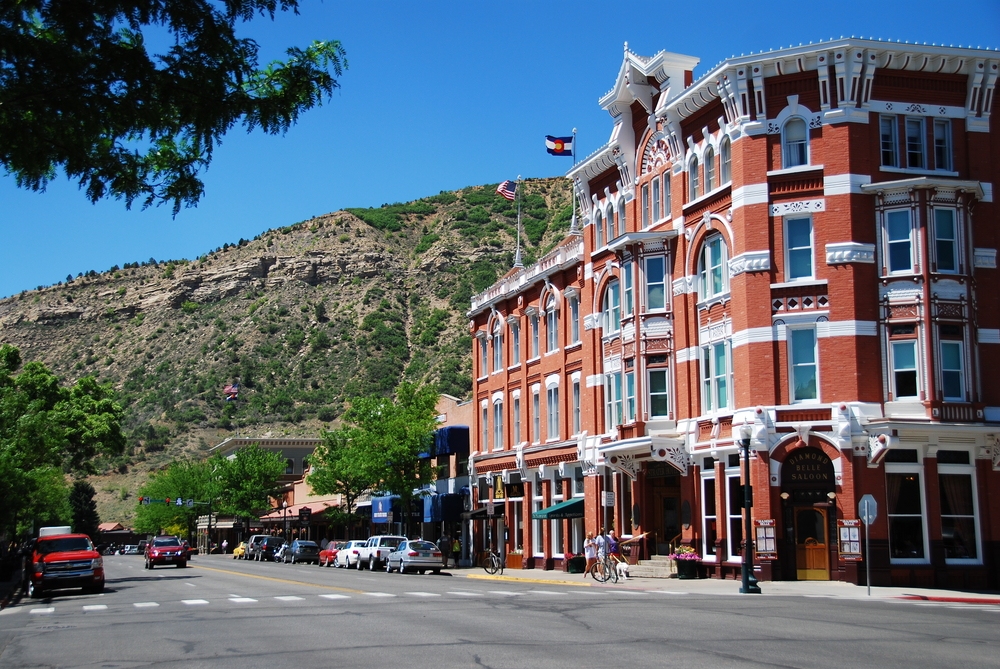
Late last year, New York City made headlines when it all but banned Airbnbs and other short-term rentals within city limits. In August of 2023, Airbnb had more than 25,000 short-term rentals listed in New York City. Tenant groups across the city accused short-term rental platforms of hollowing out neighborhoods and causing already-high rents to grow even higher.
“You would see tourists on the streets in neighborhoods where there weren’t any hotels,” recalls New York-based artist and activist Murray Cox. The sound of rolling suitcases could be heard at all hours. Once tight-knit communities began to feel lifeless. When Cox ran the numbers on his own neighborhood — Bed-Stuy in Brooklyn — he found about 1,000 listings. Cox also heard horror stories from other parts of the city. “People would move into a building and then find that the building was full of tourists day in and day out,” he says. “In some cases, they would be so uncomfortable they’d feel forced to leave.”
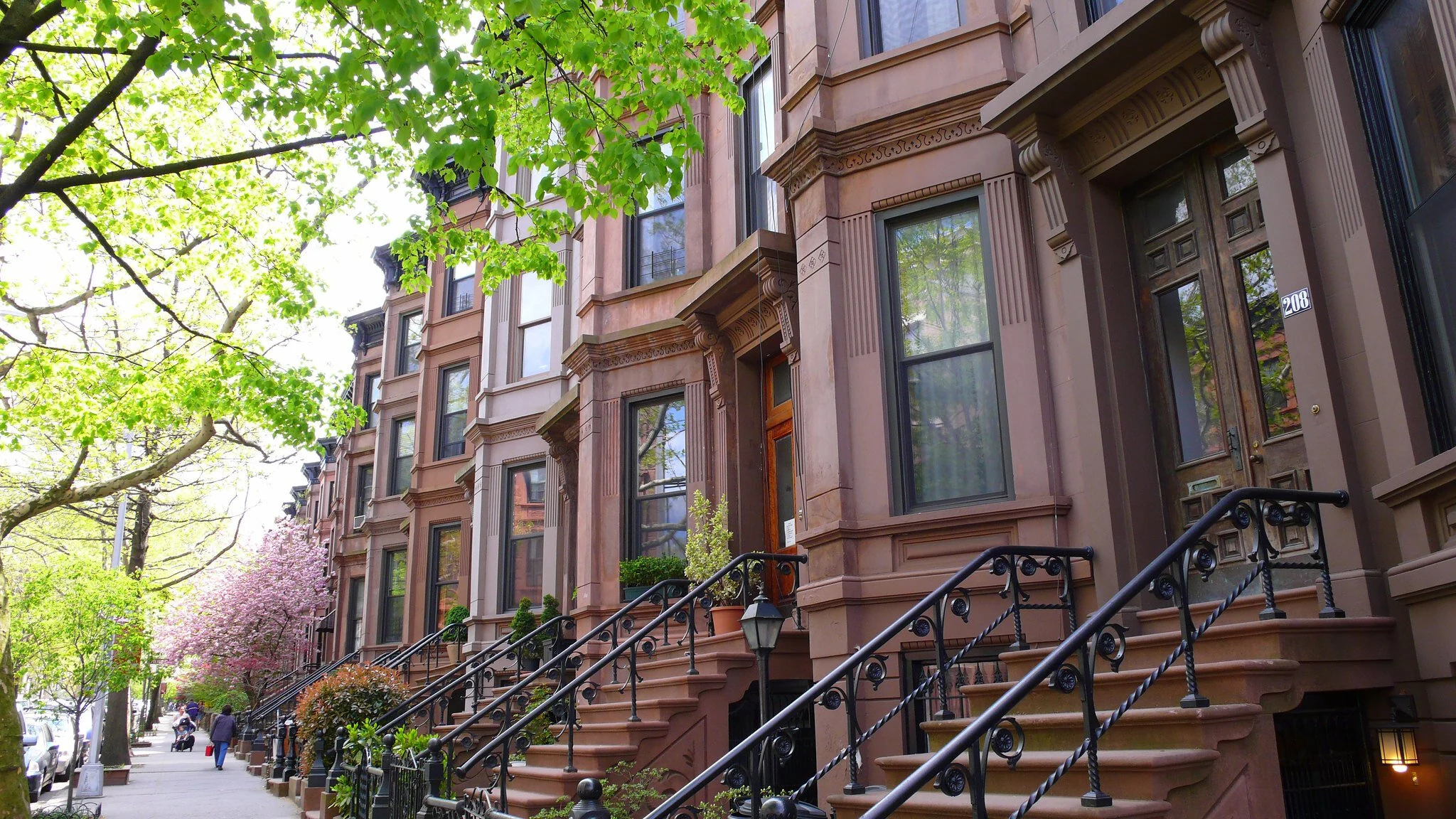
So, in September of 2023, New York City decided to do something about it. A series of bold requirements capped the total number of short-term rentals (STRs) and limited guests to just two at a time. They required STR operators to be primary homeowners — and to be present in the home while hosting. The city also promised to enforce those requirements, a move that would wipe out nearly 90 percent of active listings at the time.
Though it may sound revolutionary, New York’s crackdown isn’t the first of its kind. In fact, it’s part of a growing trend — one largely spearheaded by much smaller towns. Over the last decade, communities from Irvine, California, to Durango, Colorado, have implemented clever regulations, taxes and zoning policies to hobble the STR market — or, in some cases, eliminate it altogether. As the success stories pile up, a growing body of research points to the dramatic positive impacts of policies like these, including lower rents, more equitable housing markets and the promise of a sustainable tourism economy.
When Airbnb was founded more than a decade ago, it was heralded as the harbinger of a new sharing economy. In theory, home-sharing platforms — including Airbnb, Couchsurfing, VRBO, FlipKey and Homestay — would put underutilized bedrooms to use, matching budget-conscious travelers with locals in need of a little extra cash. The system would funnel tourism dollars into small towns in a more equitable way. It seemed like a win-win. But within a few years, one clear loser emerged: communities.
“It didn’t take very long for people to realize the sharing economy was basically a scam,” explains Cox, who later went on to found data-sharing platform Inside Airbnb. “People weren’t using that car that was sitting in the driveway to drive Uber. And people weren’t just renting out a sofa or a spare bedroom.” Instead, people saw an economic opportunity they could invest in. And they started buying whole homes to rent out on Airbnb.
In many cases, speculators and investment companies were buying multiple homes expressly for short-term rental use. According to an analysis Cox performed in 2022, about two-thirds of Airbnb rentals in the US are in a property portfolio, which means the host owns and rents more than one property. At the time, he found nearly 23 percent of Airbnb hosts had two or more entire homes or apartments listed on the site. That made up 607,085 listings — or 63 percent of entire-home listings. And the top one percent of operators have more than 300,000 Airbnb listings among them — a stat that points to huge conglomerates gobbling up the market.
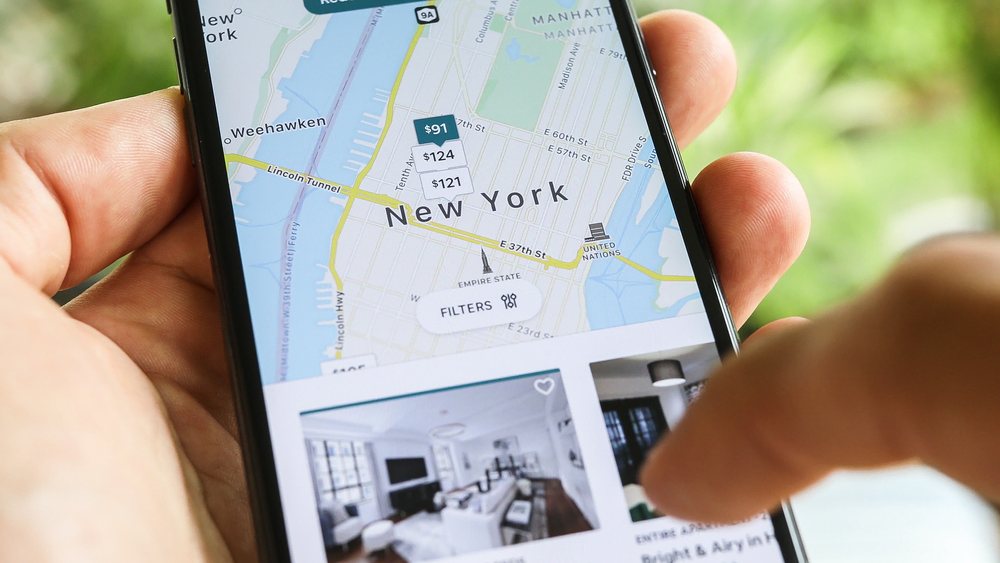
These days, Airbnb isn’t just a way to share underutilized bedrooms; it’s big business.
Right now, about 90 percent of Airbnbs in Bozeman, Montana, and Nashville, Tennessee — both popular vacation spots — are whole homes. Both Bozeman and Nashville are also relatively small towns with exploding local populations and limited housing stock. That means that every home set aside for a year-round STR listing is a home unavailable to local residents struggling to find — and afford — housing. In extreme cases, the STR explosion has been a contributing factor in forcing longtime locals to move away. The so-called “Airbnb Effect” can hollow out once-vibrant communities.
This effect is most visible in popular vacation hot spots. In Hawaii, for example, out-of-towners have bought up so many homes that few are left for Native Hawaiians.
Crushed by negative news?
Sign up for the Reasons to be Cheerful newsletter.
“On Maui alone, 52 percent of homes are sold to nonresidents, and 60 percent of condos and apartments have gone to investors and second homeowners,” writes Stanford researcher Noah Jordan Magbual in a recent report. “The once indigenous population of the Hawaiian archipelago are now outcasts in their own home.”
The Airbnb Effect also impacts bigger urban areas. In 2015, one study found that STRs had sucked at least 10 percent of New York’s available housing off the market. Another New York study showed that this reduction in supply led to rent increases of up to hundreds of dollars per year. In Barcelona, the effect is even more severe, with rents rising by seven percent and housing costs rising by up to 17 percent in popular neighborhoods.
For some cities, the proliferation of STRs has become more than just an economic issue; it’s existential. That’s especially true in New Orleans, the longtime home of Jeffrey Goodman, an urban planner and consultant who specializes in STRs.
-

 World1 week ago
World1 week agoEU Parliament leaders recall term's highs and lows at last sitting
-

 Politics1 week ago
Politics1 week agoGOP lawmakers demand major donors pull funding from Columbia over 'antisemitic incidents'
-

 World1 week ago
World1 week agoHamas ‘serious’ about captives’ release but not without Gaza ceasefire
-
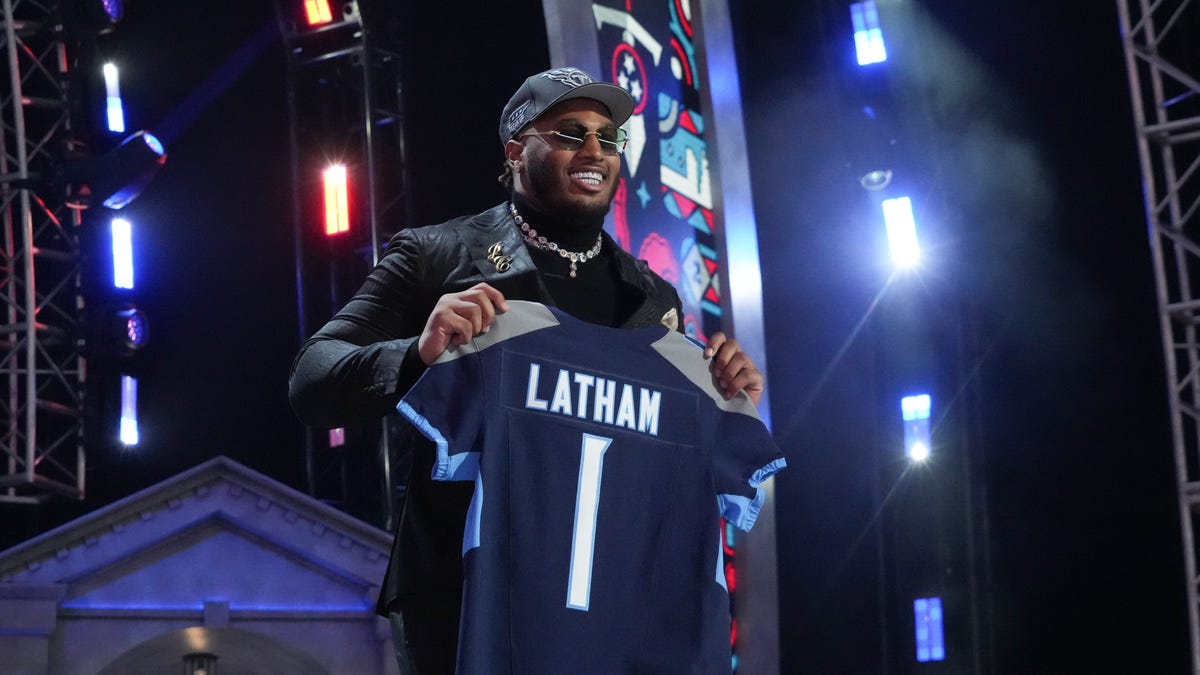
 Tennessee1 week ago
Tennessee1 week agoHow to buy JC Latham’s Tennessee Titans jersey after 2024 NFL Draft selection
-

 News1 week ago
News1 week agoBoth sides prepare as Florida's six-week abortion ban is set to take effect Wednesday
-

 Politics1 week ago
Politics1 week agoColumbia University’s policy-making senate votes for resolution calling to investigate school’s leadership
-
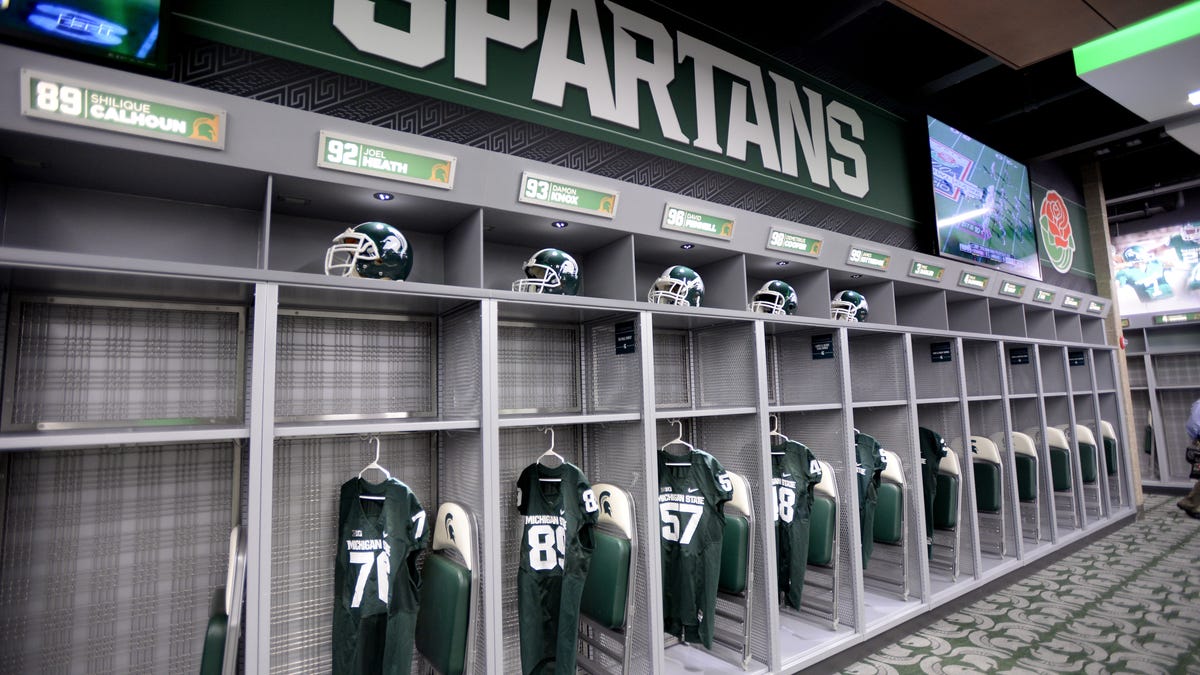
 Michigan1 week ago
Michigan1 week agoMichigan State football adds DT Brandon Lane from Stephen F. Austin
-

 Politics7 days ago
Politics7 days agoHouse Republicans brace for spring legislative sprint with one less GOP vote



